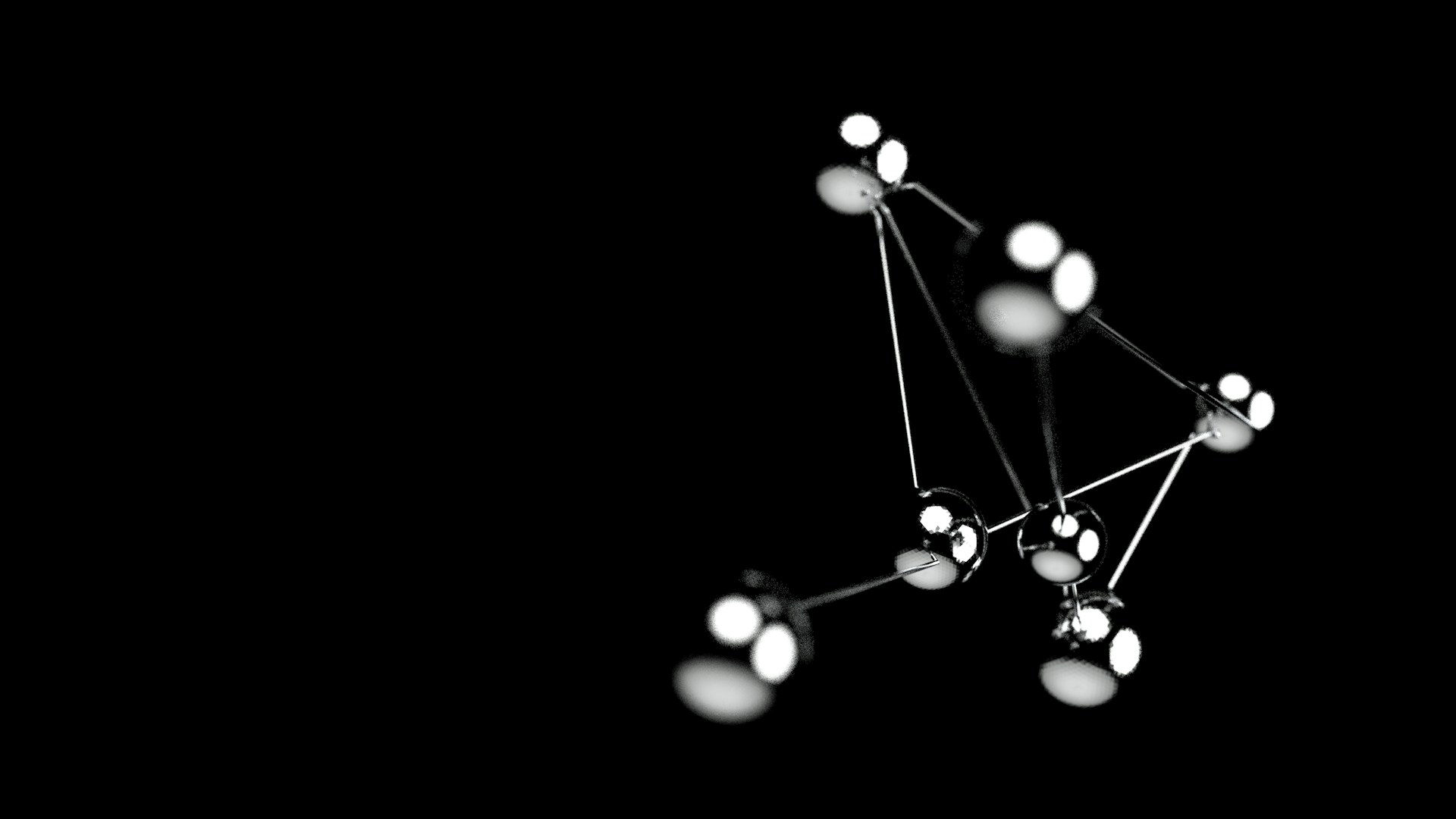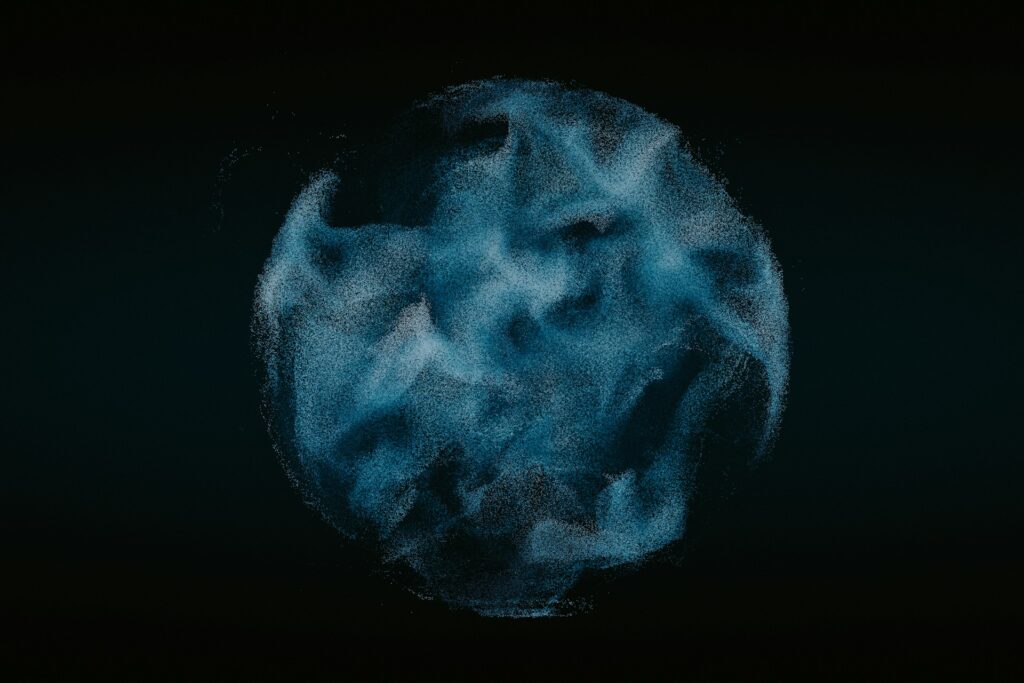In a recent study led by Dr. Yuma Tanioka of Ehime University, researchers have developed a propeller-shaped molecule that can reversibly switch its chirality depending on the solvent in which it is dissolved. This molecule, which emits circularly polarized light, represents a step forward in the field of responsive chiral materials and may provide a blueprint for future innovations in optical switching, sensing, and quantum photonic technologies.
Tanioka, Y., Takase, M., Hamasu, M., Hata, S., Hashimoto, K., Mori, S., Ishibashi, Y., Nukumi, Y., Higashi, M., Sato, H., Okujima, T., & Uno, H. (2025). Solvent‐Induced Chirality Inversion in Propeller‐Shaped PDI Oligomers with Bright Circularly Polarized Luminescence. Angewandte Chemie International Edition, 64(32). https://doi.org/10.1002/anie.202509190
The work, focuses on a class of molecular systems that exhibit circularly polarized luminescence, or CPL. CPL refers to light emission that possesses a specific rotational direction—either right-handed or left-handed—which can be controlled by the molecular arrangement of the emitter. Such properties have become a growing area of research due to their potential use in 3D displays, optical data storage, and secure quantum communications.
Chirality, a term referring to an object’s handedness, plays an essential role in chemistry and materials science. In static systems, chirality is often fixed once a molecule is synthesized. However, materials capable of switching their handedness in response to environmental stimuli have attracted significant attention because they open possibilities for tunable optical and electronic behaviors.
The team from Ehime University sought to design a molecular system in which this switching could occur through a simple and reversible trigger. Solvent-based switching is particularly attractive because it relies on a subtle and clean environmental cue rather than a chemical reaction or mechanical stress. Achieving a complete and reversible inversion of chirality through solvent choice alone, however, remains a rare and complex feat.
Dr. Tanioka and colleagues designed a molecule composed of six perylene diimide, or PDI, chromophores arranged in a hexameric propeller formation. Each PDI unit acts as a blade of the propeller, and together they create a twisted three-dimensional structure that is optically active. The molecule is synthesized in a single-step reaction using PDI derivatives equipped with chiral auxiliaries, resulting in a product that naturally adopts a helical shape.
Spectroscopic analysis showed that the molecule emits bright circularly polarized luminescence, with brightness factors ranging from approximately 103 to 369 M⁻¹ cm⁻¹ depending on the solvent conditions. These results confirmed that the molecule not only maintains its luminescent properties but also expresses them in a chiroptically active manner, meaning the emitted light’s polarization direction depends on the molecule’s helical orientation.
What distinguishes this study is the discovery that the molecule’s helical twist can reverse direction when placed in different solvents. In chloroform, the molecule adopts one handedness; in dichloromethane, the handedness is inverted. The reversal is evident in the complete inversion of the CPL signal’s sign, indicating that the molecule’s optical behavior is directly tied to its solvent environment.
This finding was verified using both circular dichroism (CD) and CPL spectroscopy, techniques that probe the chiral and luminescent characteristics of molecules, respectively. Complementary theoretical calculations further supported the observations. The researchers determined that the inversion originates from the rotational behavior of internal phenethyl groups within the molecule. These groups interact differently with surrounding solvent molecules, shifting the equilibrium between the right- and left-handed conformations. As the solvent polarity and molecular interactions change, the internal groups rotate, effectively flipping the propeller’s twist.
The process is reversible. When the solvent is changed back, the molecule returns to its original chirality, demonstrating a stable and repeatable switching behavior. This solvent-induced inversion is not only elegant in concept but also practical, as it requires no additional reagents, light exposure, or external fields to trigger the transformation.
Dynamic chiroptical materials are a growing research frontier, and solvent-responsive systems are among the most straightforward approaches. While similar solvent-induced CPL inversion has been reported in hydrogen-bonded or aggregated excimer systems, the mechanism in those materials typically depends on supramolecular rearrangements or aggregation states. In contrast, the new PDI hexamer operates primarily through internal molecular motion, making it an intramolecular system that avoids the instability often associated with aggregation-based methods.
The discovery also contributes to a broader understanding of molecular engineering principles. It highlights how relatively small substituent rotations can result in large-scale optical changes, revealing a new way to achieve molecular-level control over light polarization. Such findings could guide the design of future materials that respond predictably to environmental cues such as temperature, solvent polarity, or electric fields.
From an engineering standpoint, the implications are significant. Molecules capable of switching their optical chirality on demand could serve as the foundation for new types of optical switches, polarization filters, and sensors. In quantum photonic applications, where polarization control is crucial for information encoding and signal stability, materials like these could offer lightweight, molecular-level alternatives to traditional hardware.
The modular propeller design also provides flexibility for further innovation. Engineers may explore modifying the substituents or core chromophores to tune emission wavelengths, improve response speed, or enhance stability. Computational chemistry tools can assist in optimizing these molecular architectures to favor rapid or more energetically accessible switching pathways.
Nonetheless, several challenges remain. The stability of these systems under repeated solvent cycling must be validated for long-term use. The timescale of the chirality inversion, including how quickly the molecule responds to solvent exchange, has yet to be fully characterized. Moreover, translating solvent-controlled molecular behavior into solid-state devices will require strategies for embedding these molecules in films or matrices while retaining their dynamic properties.
Dr. Tanioka’s work represents a well-defined proof of concept for solvent-tunable chirality. It shows that optical activity can be modulated reversibly with minimal external input, offering a conceptual bridge between static molecular design and adaptive material function. The ability to control handedness and light polarization through such subtle environmental shifts emphasizes how molecular-level precision continues to shape the future of smart materials and optical engineering.
While the research remains at a fundamental stage, it points toward practical opportunities in developing CPL-based sensors, responsive display technologies, and quantum communication systems. The team’s approach could inspire new designs in which internal molecular motion acts as the driving force for reversible changes in optical and electronic function.
As researchers continue to integrate chemical design with optical engineering, materials like these may one day lead to devices capable of real-time adaptation; molecules that literally twist and untwist their light emission to meet the needs of their environment.

Adrian graduated with a Masters Degree (1st Class Honours) in Chemical Engineering from Chester University along with Harris. His master’s research aimed to develop a standardadised clean water oxygenation transfer procedure to test bubble diffusers that are currently used in the wastewater industry commercial market. He has also undergone placments in both US and China primarely focused within the R&D department and is an associate member of the Institute of Chemical Engineers (IChemE).



